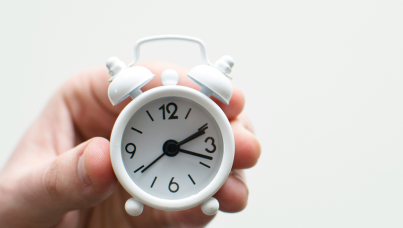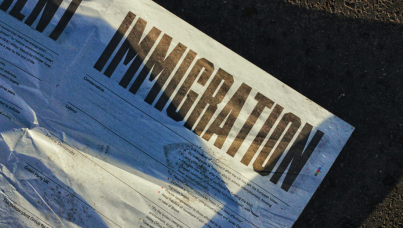The number of young people that will vote could decide the election
What can possibly go wrong? On Thursday night at 10pm, the Exit Poll conducted for the BBC, Sky and ITV by a team of academics, Ipsos and GFK, should give us a good idea of the seat share for each party, as it has for the last three elections. We will immediately know whether Theresa May is in big trouble, or has a comfortable majority.
But before that, you will see a mass of final polls, with probably a big spread of predictions for the percentage of votes cast for each party. These will not be perfect predictions of what will happen. Why? Partly because in Britain, the votes cast for each party do not automatically correlate to seats – Tony Blair’s 36% of the vote gave him a 64 seat majority in 2005, but five years later, David Cameron was forced in coalition after 37% of the vote left him 20 seats short.
Then we come on to the challenges we pollsters face in getting the percentage share of the votes cast correct. One is the immutable laws of statistics – all polls, even those that are “perfect” are subject to margins of error – in the case of published polls of c4% - so if one says Conservatives at 44% and another says 48%, they may both be saying the same thing – it is simply the normal margin of error that no pollster can overcome.
But that assumes we have a perfect poll – and there are some major challenges in achieving a perfect sample. First – are some people more likely to be willing to take part in online or telephone polls than others? Probably. We can badger them to take part (politely), and set quotas to control for factors like education level and newspaper readership, as well as gender, age etc., but the risk is always there – especially when you only have 48 hours or so to conduct the poll in an election campaign.
Then, assuming you have a fully representative sample of all ages, and with a wide degree of interest in politics – you have to work out which of the 1,000 or so people you are speaking to will actually vote. This is one of the biggest challenges. Last time 34% of those registered to vote didn’t bother. People often mean to vote, but don’t get round to it on the day – and we have to stop interviewing the night before for prediction polls. We can try combinations of questions, that have worked in the past, and look at how different groups of people have behaved when compared to actual voting records, but nothing is guaranteed to be perfect. In 2015 Ipsos overstated Labour votes by about 3.8% - as opinion polls have tended to since 1959, in part because our sample overstated turnout – it was too interested in politics we think, and about three in a hundred Labour voters in our sample ended up sitting on their hands. We think we have fixed these problems – but polls all rely on things that either worked before, or try new adjustments for known problems of the past.
How many young people will vote is one of the key unknowns, and vital to get right because there is now such a steep gradient in voting intention by age: the young are twice as likely to vote Labour as the old, and the old twice as likely to vote Conservative. Some polls have youth turnout at 80%+, but we know it has been around 50% in all recent general elections. Will this time really be that different?
Finally you have to hope that nothing changes between your final poll and the big day itself. Some 10% of people make up their minds in the polling booth itself – where no pollster is allowed – and that is one reason why the Exit poll, among people who we know have voted, is generally more accurate than prediction polls undertaken up until Wednesday night.
With all this uncertainty, the average error for each party by most pollsters has still tended to be within the margin of error – the polls are not “always wrong”(our French and Dutch colleagues have just had extremely accurate final predictions in their elections). Ipsos’s average “error” for each party over the last five elections has been 1.6%.
Recent experience has made us be realistic about what we can expect on Thursday, but you can guarantee that a dedicated team of people will have been using their best judgement to get it right – and that none of us will sleep a wink on Thursday!



